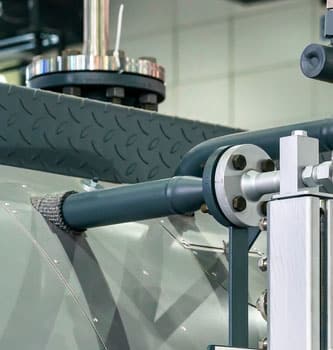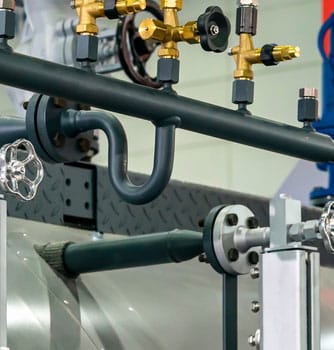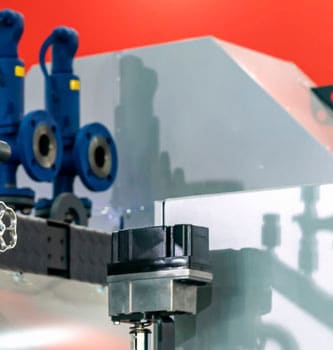Steam Boiler Water Level Control
Steam boiler water level control is a very important aspect of a steam system design, which helps optimize performance and keep the boiler operating within safe limits. At a minimum to work safely, a boiler will have a level control system which will include a low-level alarm, a second low level alarm and a high limit alarm to ensure the boiler works within its limits and maintains its optimal level.



Speak with our experts
Fill out our quick and easy contact form with your enquiry and we'll get back to you.
How Controls & Alarms Work
The level control and alarms all work on independent level probes which are normally directly mounted into the boiler and housed in protection tubes within the boiler. The low level cut out and lock out protect the boiler from dangerously low boiler levels which are needed to avoid exposing the furnace tubes out of the water level, and the high level is needed to avoid carry over of water and wet steam into the header pipework.
Low Level Burner Cut Out (Low Level)
- Will activate the low alarm
- Burner is turned off
- Burner will restart if the level recovers
Low Level Lock Out (Low Low)
- Will activate the second low alarm
- Burner is turned off and locked out
- A Competent Boiler Operator (CBO) must reset the boiler
- Low low probe must be in independent (separate protection tube, separate alarm)
High Level Alarm
- Will activate the high-level alarm
- May turn off the feed water pump (if not already)
- Pump may restart if the level recovers
Level Control
On/Off Pump Control:
- Control is via a multi-tip probe and controller
- Probe has at minimum pump on and pump off tips
- Reaching the level of the lower pump-on tip starts the pump
- Reaching the level of the higher pump-off tip turns off the pump
- May include a slam shut valve
Variable Speed Pump Control:
- The invertor driven pump allows variable speed control
- Control is via a capacitance probe and controller
- Capacitance Probe feeds back the level continuously
- The pump adjusts it’s speed and the flow dependent on the level
- May include a slam shut valve
Modulating Level Control Systems:
- Control is via a capacitance probe and controller
- Controller measures a level proportional band
- This positions electrically modulating feed valve to modulate the water flow into the boiler
- This can be combined with an integral spillback connection
These examples show just some of the arrangements that can be used for level control. Valveforce can advise further on the arrangement that works for you.
From the Valveforce Range
Supply and Install
Valveforce can supply and install the following equipment relating to Level Control:
- SMART conductivity level probes for high and low level alarms
- Capacitance probes for modulating control
- Level alarms
- Level Controllers
Capabilities
Our Valveforce engineers have the expertise to carry out the following work for your level controls
- Design of new level control systems (Modulating and on-off)
- Installation of probes and controllers
- Level alarms
- Level Controllers
- Installation of protection tubes
Steam Boiler Water Level Control Case Study
Milliken Industrial for Blowdown TDS and Level Control Docs
Milliken, a floor tiling manufacturer, recently needed a solution to their boiler level controls and bottom blowdown system that was out of date.
The issue with having out of date controls is that getting replacement spares can no longer be done, leading to serious issues when parts malfunction.
The company also wanted to update the boiler house to unmanned status by adding a PM5 system, which means a specially trained boiler supervisor does not need to be onsite every 24 hours in the scheme they have.
With our expertise, Valveforce advised on the best options and equipment to use to achieve these upgrades, including new TDS controls.
The turnkey project included the design of a new control panel for the whole boiler, new pipework on the TDS and a completely new TDS system.

